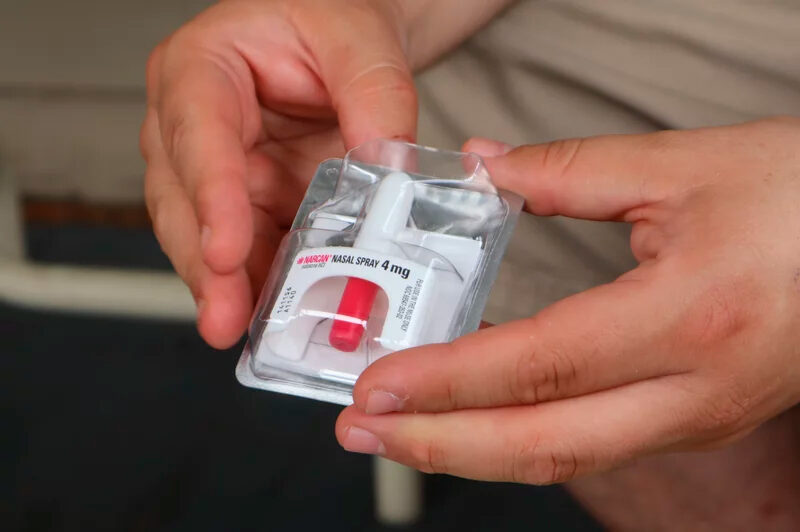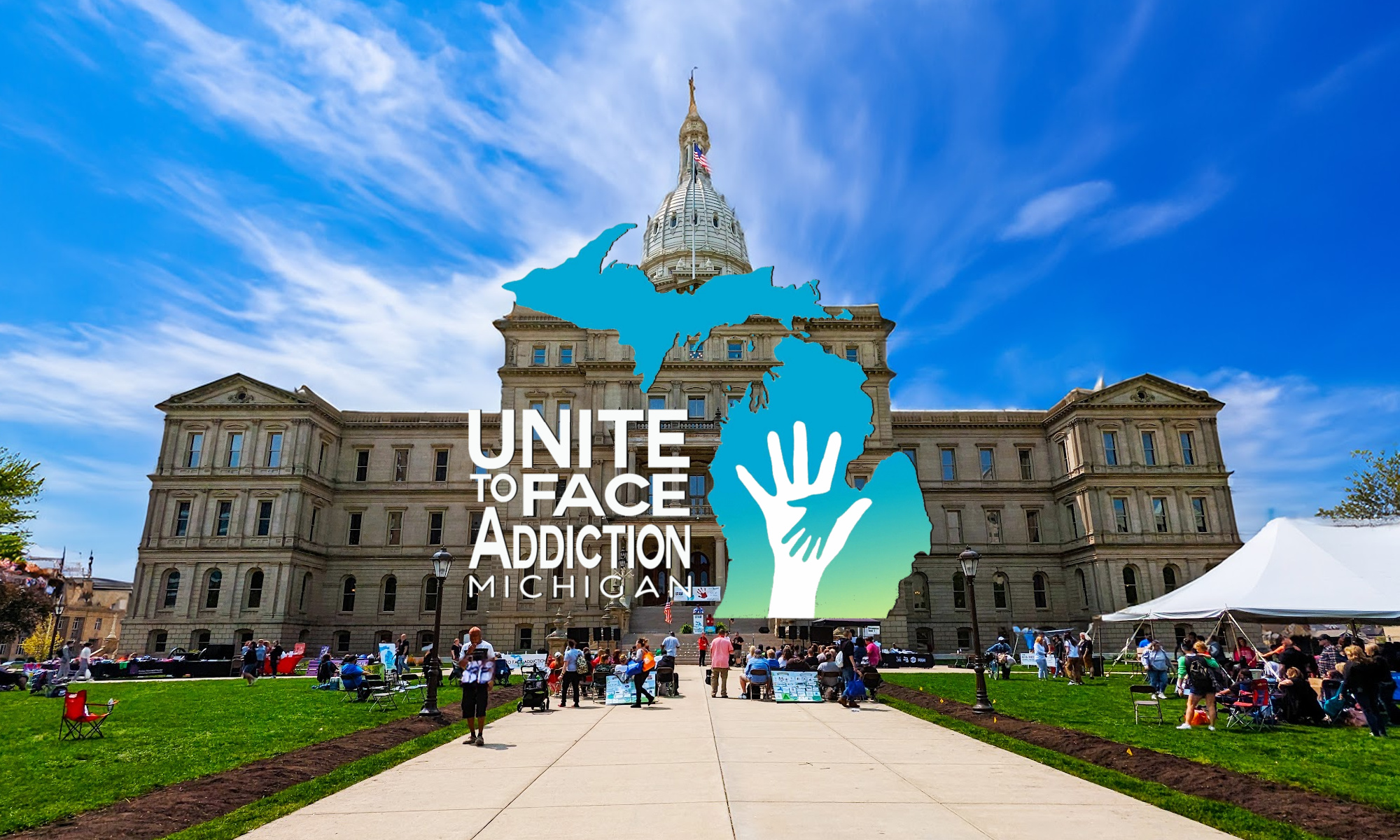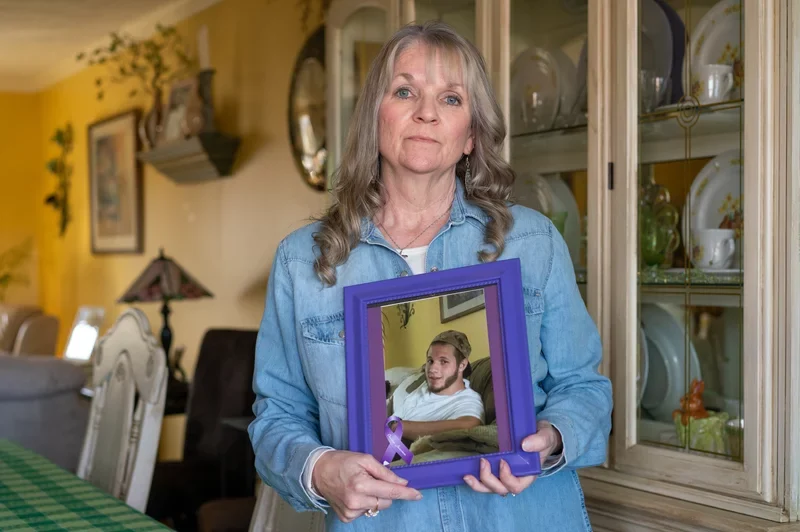
The FDA approves the overdose-reversing drug Narcan for over-the-counter sales

The overdose-reversing drug Narcan could soon be available to buy over the counter without a prescription, the Food and Drug Administration announced Wednesday.
The FDA's approval of the nasal spray Narcan — the brand name for the drug naloxone — means the medication could be more widely available across the U.S. as the country continues to grapple with an opioid epidemic.
"Today's action paves the way for the life-saving medication to reverse an opioid overdose to be sold directly to consumers in places like drug stores, convenience stores, grocery stores and gas stations, as well as online," the FDA said in a statement.


